The A. Lange & Söhne Datograph, the First 25 Years
Born in the last century, still going strong, the Datograph is an icon of modern watchmaking for a reason.

In the realm of chronographs in 1999, it was customary across the watchmaking industry to rely upon outsourced calibres. Rolex, for example, was still using a modified Zenith El Primero to power the Daytona, and Patek Philippe had yet to introduce its in-house chronograph (2005); Patek’s 1998 chronograph 5070 was built upon the Lemania 2310 ébauche. Calibres like the Valjoux 7750, which had been introduced in the early 1970s, were adopted by many brands, and few new chronograph movements emerged after that. The few exceptions included the Frederic Piguet calibres 1180 and 1185, introduced in 1987 and 1988, respectively, designed by Edmond Capt, the same individual behind the creation of the 7750. Since 1996, Jaeger-LeCoultre utilised the calibre 829 in a limited edition with the Reverso Chronograph Retrograde, yet at the time, to make a chronograph, brands relied on outsourced movements and ébauches.
Watchmaking companies began investing in calibre development in the 1990s, aiming to create their in-house movements, including classic chronographs. However, tangible results only started to emerge at the turn of the century. In 2000, Rolex launched its own calibre 4130 to power the Daytona; the same year saw Glashütte Original introduce the PanoRetroGraph, followed by Jaeger-LeCoultre presenting the Master Chronograph equipped with the JLC751 in 2004 (still in use in a modified version here). A glance at Xavier’s article from 2019 with the timeline serves as a reminder that creating a chronograph movement has never been and still isn’t an easy task.
The story behind the Datograph and its movement
The introduction of the A. Lange & Söhne Datograph in 1999, powered by the flyback chronograph calibre L951.1, which was put into general production and not a limited-edition series, marked a significant chapter in watchmaking history, and this slight detour from the main topic feels apt, given the historical context that underscores the significance of the Datograph. It marked the debut of the first new chronograph movement in the watchmaking industry for many years. The Datograph was a masterpiece in its own right. This high-end, thoroughly decorated, in-house chronograph featured an outsize date, the brand’s signature complication, and challenged traditional dial layout design.
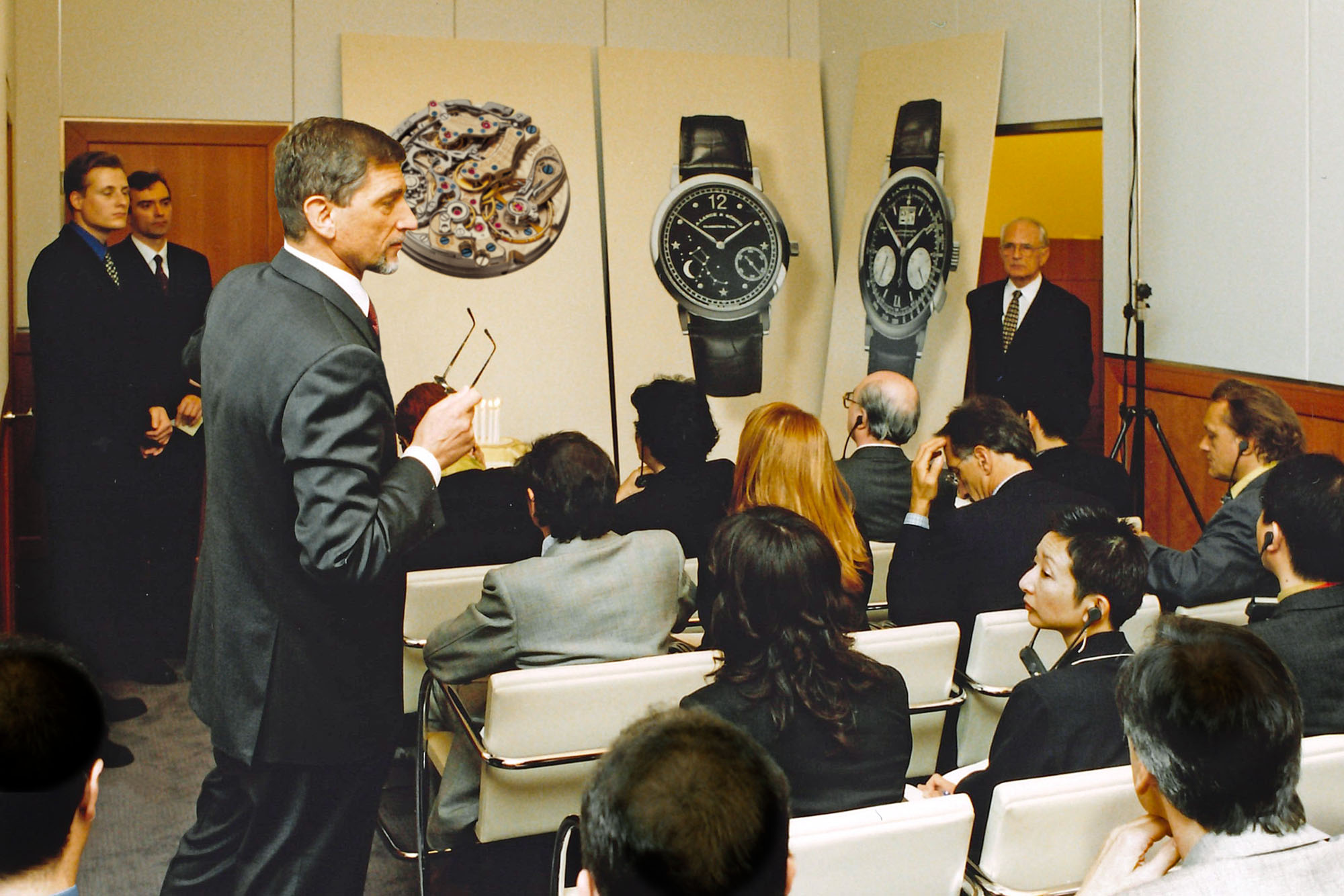
The genesis of the Datograph began with discussions between the legendary Günter Blümlein, who had revived A. Lange & Söhne in 1990 together with Walter Lange, and Reinhard Meis, then-director of product development. Their initial focus was on the dial, leading to the innovative concept of arranging the outsize date and two sub-dials, at 4 and 8 o’clock, in an equilateral triangle formation.
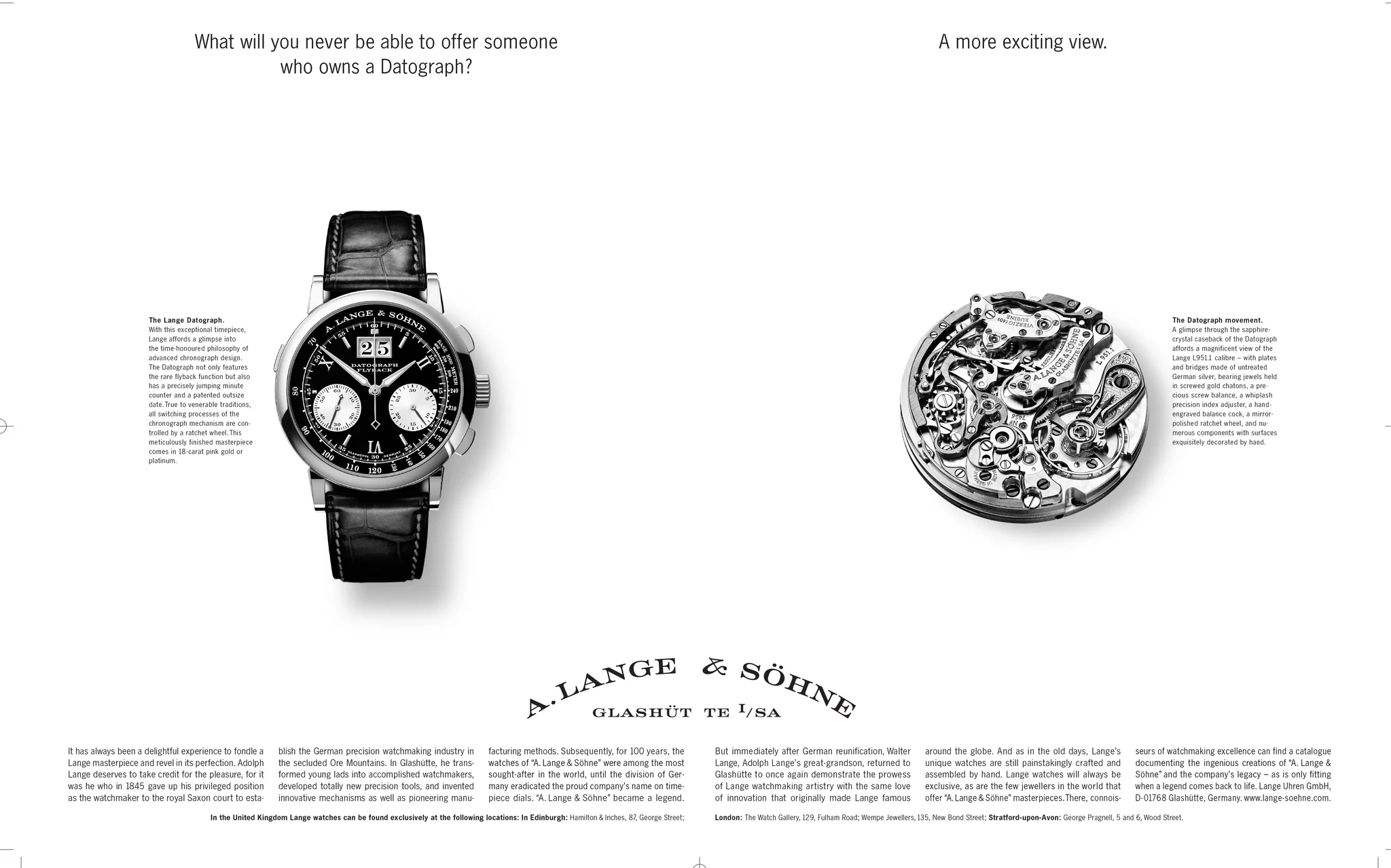
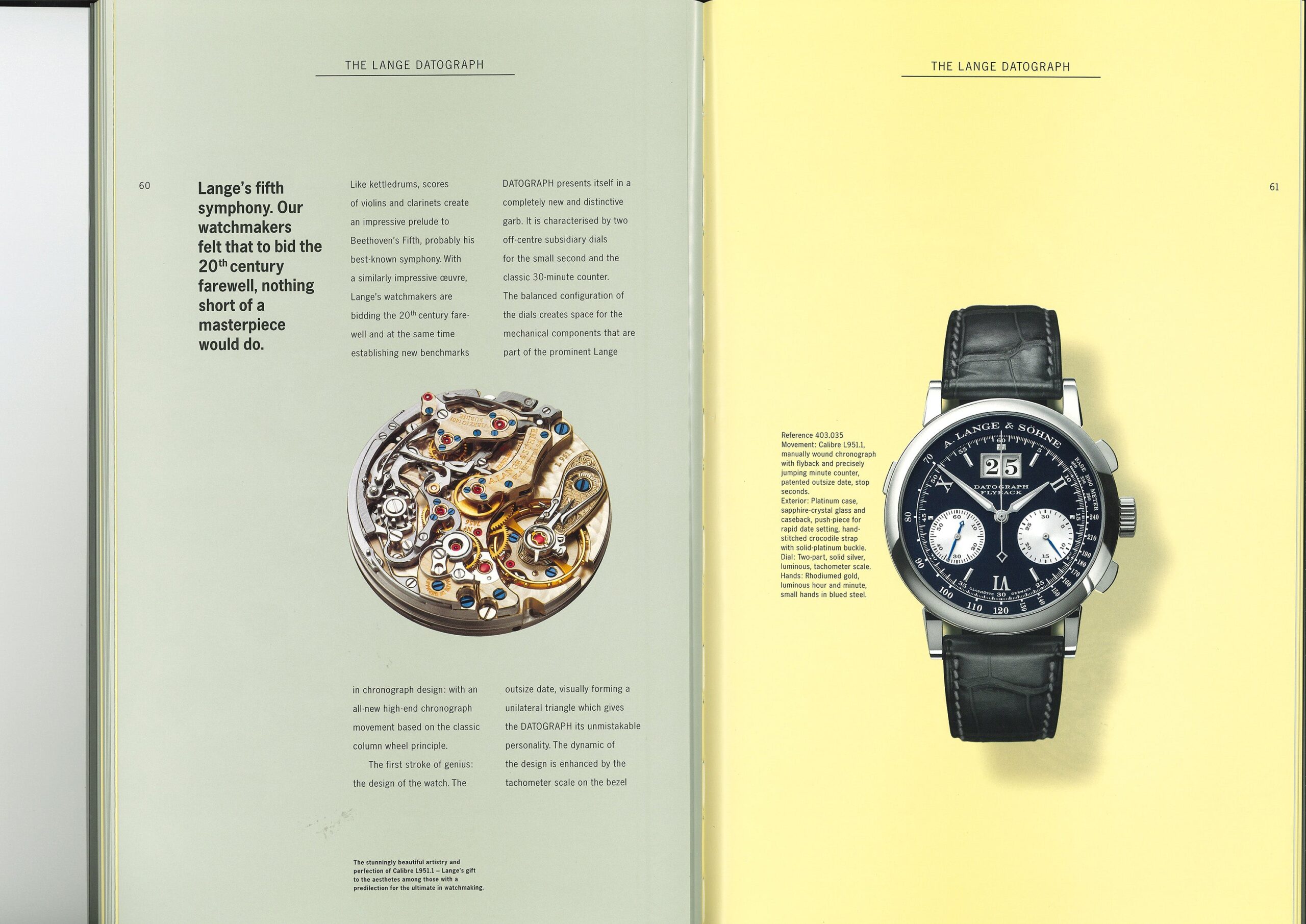
However, straying from the conventional positions of the sub-dials at 3 and 9 o’clock required a complete reevaluation of the configuration of a traditional lateral clutch column-wheel chronograph. Annegret Fleischer, a movement designer who joined A. Lange & Söhne soon after the company became operational in 1990, was tasked with finding a solution to integrate the mechanisms into the newly developed dial layout. The collaborative effort began in 1995, with ideas exchanged between departments in an ongoing dialogue.

Four years later, A. Lange & Söhne achieved a remarkably three-dimensional and aesthetically pleasing movement composed of 405 parts. It featured a column wheel, lateral clutch, flyback chronograph movement, and precisely jumping minute counter, all combined with a large date function.
Beyond its technical features, the movement was equally captivating from a visual standpoint. Drawing inspiration from the historical chronograph pocket watches, it featured Lange’s signature use of German silver bridges and plates, juxtaposed with highly polished steel components, polished gold screwed-down chatons, heat-blued screws – and a hand-engraved balance cock.

When the Datograph debuted at the 1999 Basel Fair, the company’s booth featured a scaled movement model, inviting attendees to admire its intricacies and share their thoughts. Notably, it was a newly reestablished German brand, rather than a long-living Swiss company, that led the development of a new in-house chronograph movement. The significance of this achievement was not lost on any brand or person in the industry.

Philippe Dufour, a master watchmaker renowned for his attention to movement aesthetics, held the Datograph in high regard. Not only did he speak fondly of the watch on many occasions, but he also purchased one for himself. This act led to a particular Datograph reference being unofficially dubbed the Dufourgraph – which leads us to a quick overview of some of the variations produced from 1999 to 2012, starting with the original Ref. 403.035.
The First Generation Datograph (1999-2012)
The original Datograph Ref. 403.035, introduced in 1999, boasted a platinum case measuring 39mm in diameter and 12.8mm in thickness and remained a staple in the collection for the next 13 years. This iconic timepiece featured a three-step construction case with angular and notched lugs, a crown for winding and setting, two chronograph pushers on the right, and one pusher for fast correction of the date on the opposite side. The watch had a black dial, silvery-white sub-dials, and a black-on-white date window, ensuring exceptional legibility. Its design was characterized by perfect balance (equilateral triangular layout), with hour indices comprising a mix of Roman numerals at 2, 6, and 10 o’clock positions and baton-style indices elsewhere – highlighted by the distinctive upside-down 6. Over time, minor refinements were made to the dial, such as grammatically correcting “meter” to “meters” on the tachymetric scale and introducing a thinner print on the sub-dials.
Produced from 2003 to 2005, the Datograph Ref. 403.031 in pink gold, featuring a black dial and silver sub-dials, holds special significance. This particular model was acquired by Philippe Dufour, who lent his name to it. Interestingly, this “Dufourgraph” marks the only time the distinguished watchmaker ever purchased a timepiece, as his collection typically comprises only his own creations.
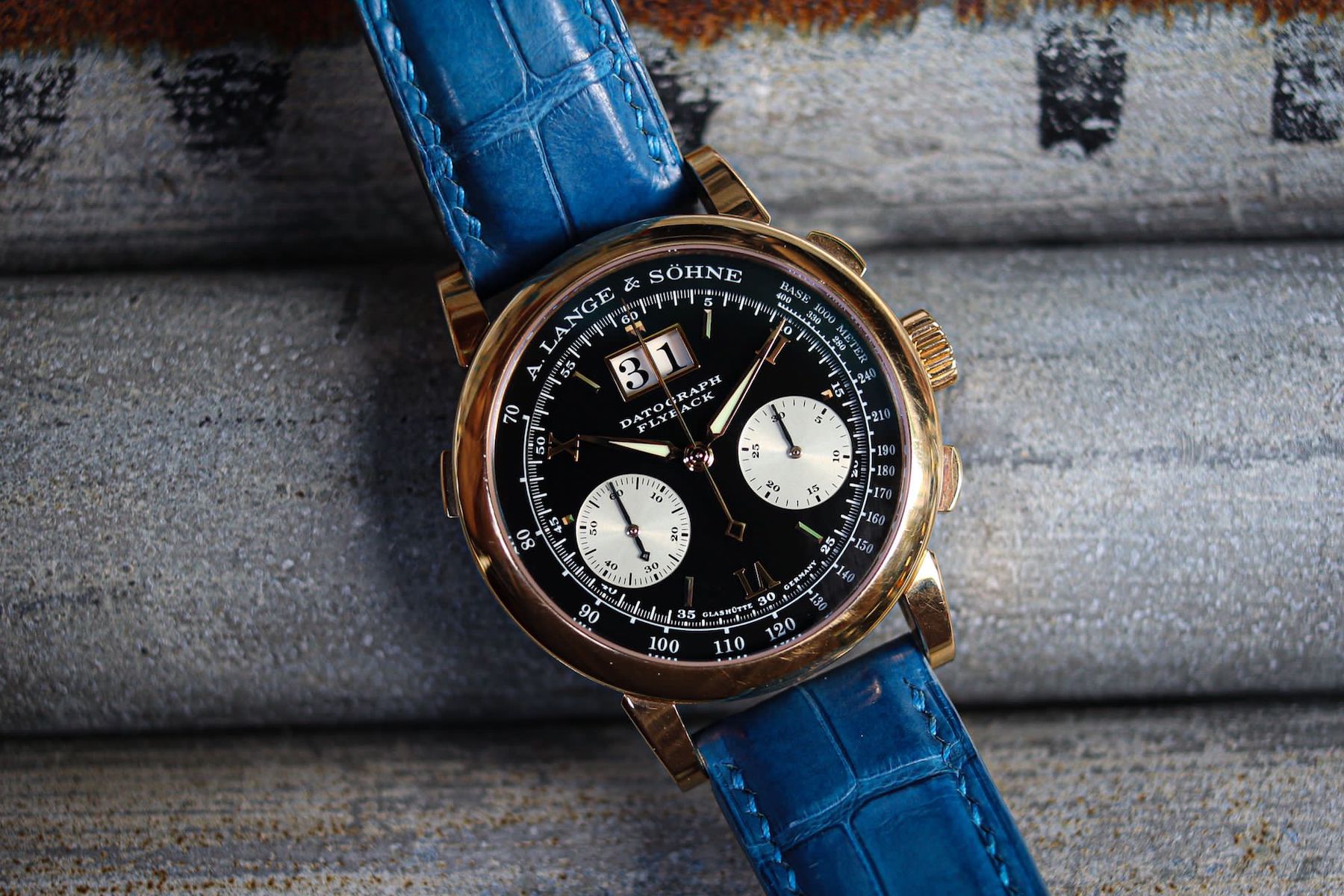
In 2004, Lange introduced a limited edition Datograph Ref. 403.025X exclusively for the Italian retailer Pisa Orologeria. Encased in platinum, this model boasted a monochromatic rhodium-plated dial, including the sub-dials, earning it the nickname “Albino.” With only ten units produced, each watch was sold with the standard exhibition caseback, with a solid platinum caseback included. Notably, until the unveiling of the limited edition Datograph Lumen in 2018, this remained the only Datograph limited series in the A. Lange & Söhne lineup.

In 2005, Lange introduced the pink gold model, the Datograph Ref. 403.032, featuring a silver dial for a less contrasting appearance. This variant remained in the catalogue until 2013 and essentially mirrored the Dufourgraph with a silver dial instead of black. However, due to the shorter black-dialed Ref. 403.031 production period, encountering the rose gold/silver dial version is far more likely than discovering the one nicknamed after the watchmaker.

Another noteworthy example is the 2008 Ref. 403.04, which is distinguished by its yellow gold case and black dial/silver sub-dials combination, affectionately dubbed “Yellowjackets” by the collectors’ community.
While the references mentioned above were primarily offered on leather straps, A. Lange & Söhne also provided the Datograph series paired with bracelets crafted by the German jewellery brand Wellendorff, which could be detachable or soldered to the matching case. Over time, a few gem-set timepieces were created as custom orders, typically featuring bezels set with baguette-cut diamonds. Additionally, there are reports of a few unique pieces made during the early Datograph years for the top management of A. Lange & Söhne and Mannesmann VDO – at that time, the owner of Les Manufactures Horologères (LMH), Lange’s parent company.
The Datograph Up/Down (2012-Now)
In 2012, A. Lange & Söhne unveiled the updated Datograph Up/Down Ref. 405.035 in platinum, which remains in production today. This iteration brought several changes, notably an increase in case diameter from 39mm to 41mm, resulting in improved proportions with a thickness of 13.1mm. The introduction of shorter lugs enhanced wearer comfort. Similar to the inaugural Datograph from 1999, the dial featured a black background with silvered sub-dials and an oversized date inspired by the Semper Opera house, presented in black on white. Notably, the date window was increased by 4% to maintain a proportional layout. However, introducing the Auf/Ab power reserve indicator at 6 o’clock led to removing Roman numerals altogether, which was met with some collectors’ lamentations.
The Datograph Up/Down movement, calibre L951.6, maintained the classical frequency of 18,000 vibrations/hour, retaining the chronograph’s flyback and precise minutes counter-jumping features. However, it boasted an increased autonomy of 60 hours, surpassing the original Datograph’s 36 hours, owing to a larger mainspring barrel and thicker spring. Additionally, the L951.6 incorporates Lange’s in-house, free-sprung balance wheel and overcoil hairspring, departing from the screwed Glucydur balance of the L951.1. Subtle adjustments were made to the chronograph’s start/stop and reset levers.
The calibre L951.6 comprises 451 parts and embodies the best of Lange’s tradition, characterized by meticulous hand-finishing. Crafted from untreated German silver, all bridges and the mainplate feature angled edges that are perfectly polished. Flat surfaces are adorned with Glashütte striping, while jewels are set in gold chatons secured by heat-blued screws. Steel components are also meticulously finished by hand, exhibiting straight-graining on flat surfaces and polished edges. Notably, the balance cock is intricately engraved by hand, serving as one of the signature features of every A. Lange & Söhne timepiece.
In 2015, the brand introduced the Datograph Up/Down Ref. 405.031 in pink gold, featuring a black dial and contrasting silver sub-dials reminiscent of the first-generation Dufourgraph’s aesthetic. However, it was the 2018 limited edition Datograph Lumen Ref. 405.034 that genuinely stood out and captured everyone’s attention. This was partly because the Datograph Up/Down had never offered a diverse range of versions; the Ref. 405.034 quickly became a sought-after collector’s item (limited to 200 pieces), but primarily because it showcased a tinted sapphire dial that provided a glimpse of the decorated mainplate and the luminous date discs, typically concealed from view. Additionally, it featured several other glow-in-the-dark components, including the sub-dials, hands, power reserve indicator, and the ring with the tachymeter scale. The Datograph Lumen was powered by essentially the same calibre as the regular production models, designated as the L951.7, encased in platinum, and comprised of 454 parts – slightly more than the regular model due to necessary changes to accommodate the luminescent effect.
While we aimed to maintain chronological order in our review of the Datograph family, two significant models were inadvertently omitted from the narrative despite being introduced by A. Lange & Söhne well before the Datograph Lumen. These are the now discontinued Datograph Perpetual, first introduced in 2006 in platinum (Ref. 410.025) and white gold (Ref. 410.030) and subsequently updated in 2010 (pink gold Ref. 410.032) and 2015 (white gold Ref. 410.038), and the 2016 Datograph Perpetual Tourbillon.
The latter, powered by the 729-part calibre L952.2, boasts a flyback chronograph with a jumping minute counter, an instantaneous perpetual calendar, and a tourbillon, offering a 50-hour power reserve from a single barrel. This model has seen subsequent variations, such as the 2019 limited edition Datograph Perpetual Tourbillon with a salmon dial, Ref. 740.056, and the Datograph Perpetual Tourbillon Lumen Ref. 740.055FE, limited to just 50 pieces, which was unveiled this year.
The Blue Datograph 25th Anniversary
To conclude this brief overview, let’s turn our attention to the recently unveiled Datograph Up/Down, released by the brand in commemoration of the series’ 25th Anniversary.
This particular model, the A. Lange & Söhne Ref. 405.028 is a limited edition of 125 pieces housed in a white gold case measuring 41mm wide and 13.1mm thick. It features a fluted crown, two chronograph pushers at 2 and 4 o’clock, and a pusher for quick-setting the date display. The dial is adorned in blue with rhodium-colored sub-dials. Like its platinum and pink gold counterparts, the Anniversary Datograph Up/Down has a flyback chronograph, a jumping minutes counter, the iconic two-digit oversized date, and a power reserve indicator.
Powering it is the calibre L951.6, and as always, each component is meticulously hand-finished, including the intricately engraved balance cock, all visible through the sapphire crystal caseback. While it’s only the aesthetics that are new to the series – the blue dial only appeared once in the unique first-generation platinum Datograph Ref. 403.035, and it was a full-blue variant, it is nice to see that the brand does not limit its current Datograph offer to black (reverse panda) dials only, and let’s hope an “Albino” and salmon variants are in the works.
Wrapping up, rather than aiming for an exhaustive and detailed examination of the Datograph lineage, we intended to pay homage to its illustrious members and celebrate their enduring brilliance. The A. Lange & Söhne Datograph swiftly ascended to iconic status, owing to its quintessential Lange design, meticulous attention to detail, and unmatched excellence across various facets. While its debut in 1999 may have been perfectly timed, it’s the ongoing evolution of the series in the subsequent years that truly solidified the Datograph’s revered status. Langepedia.com proved invaluable for fact-checking, and I couldn’t resist sharing a poignant quote from Ming Thein, founder of Ming Watches, that I encountered reading the valuable resource – “In many ways, owning a Datograph represents the end of the line for this hobby“. Indeed, it is well articulated.
More details at www.alange-soehne.com.



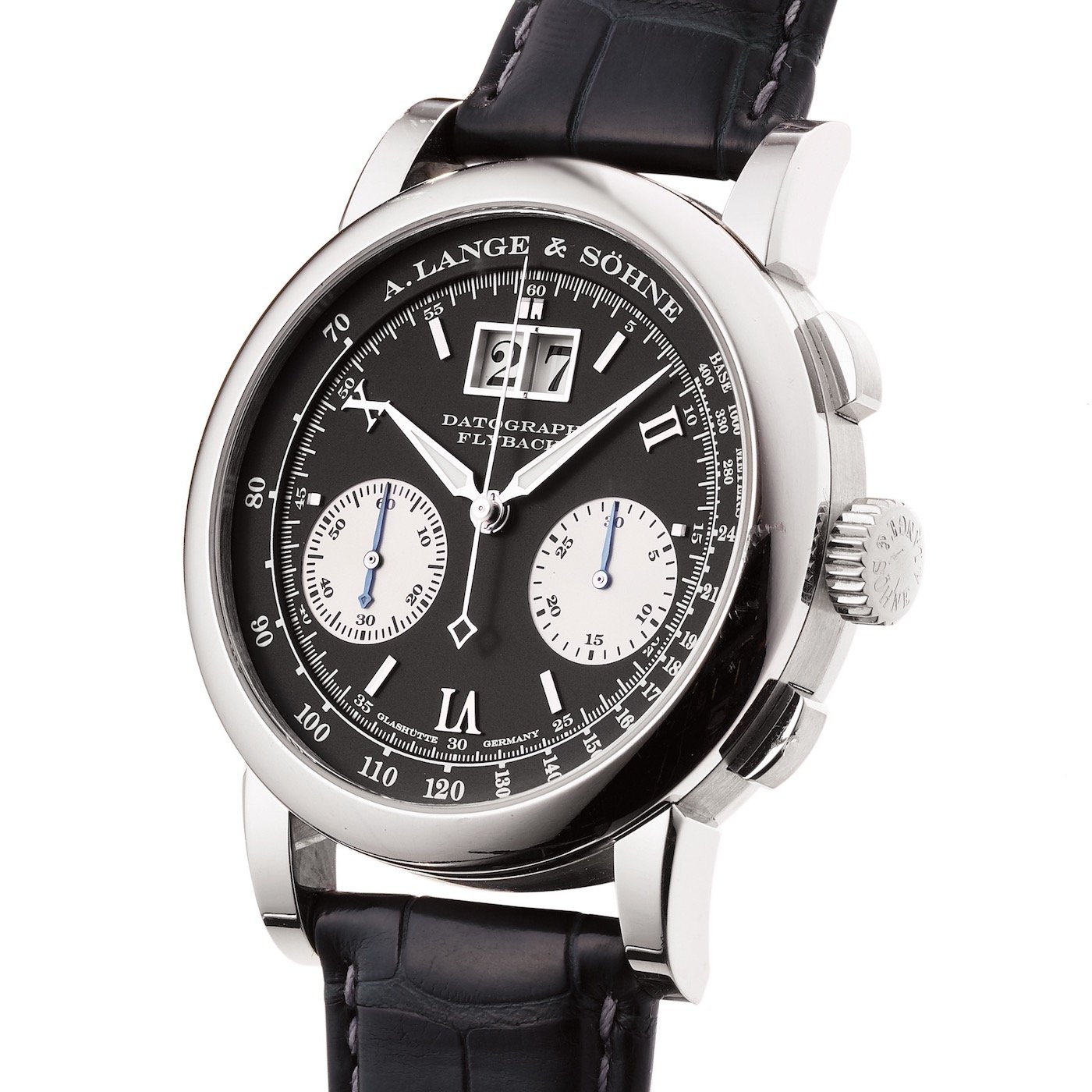
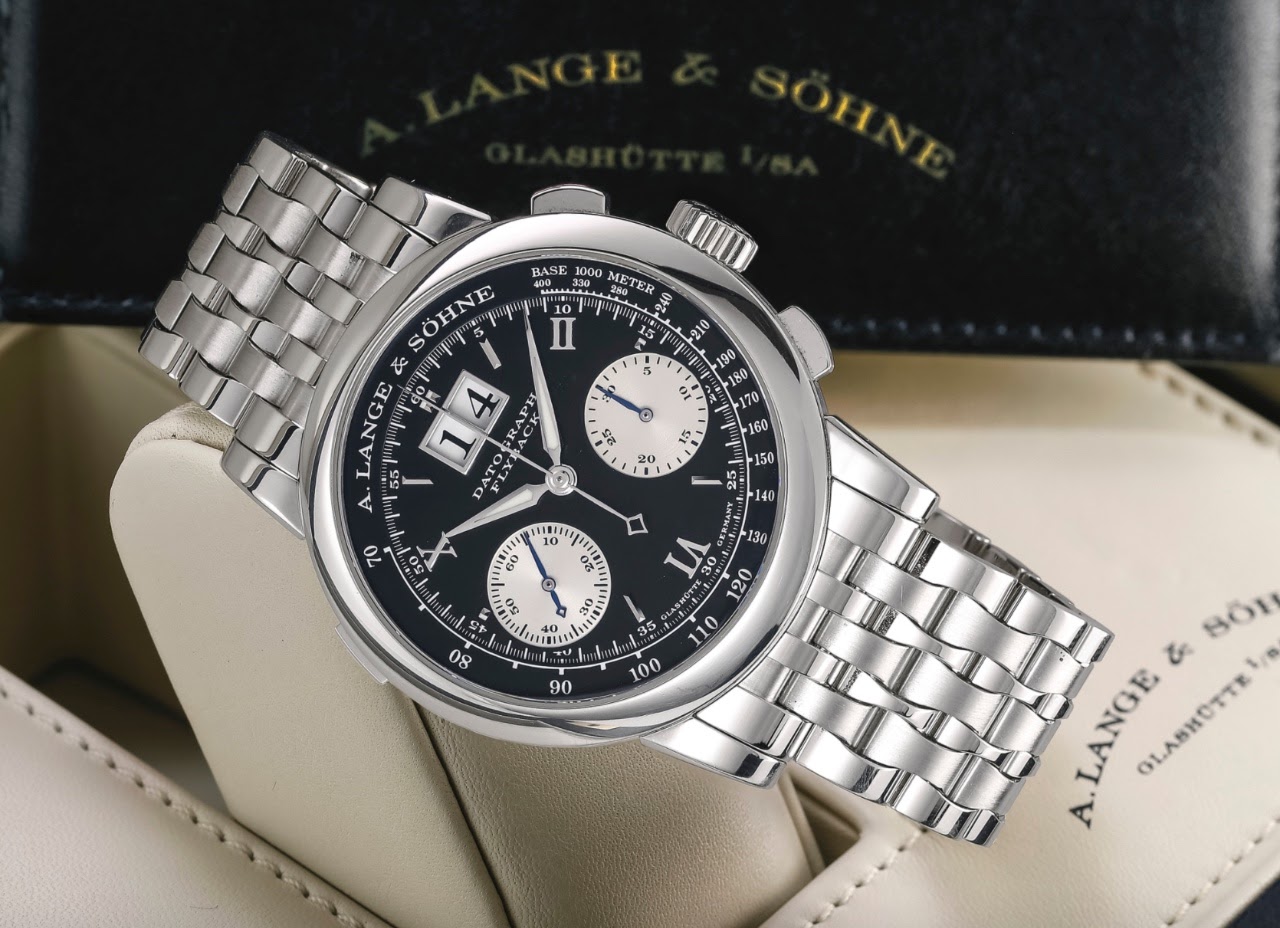
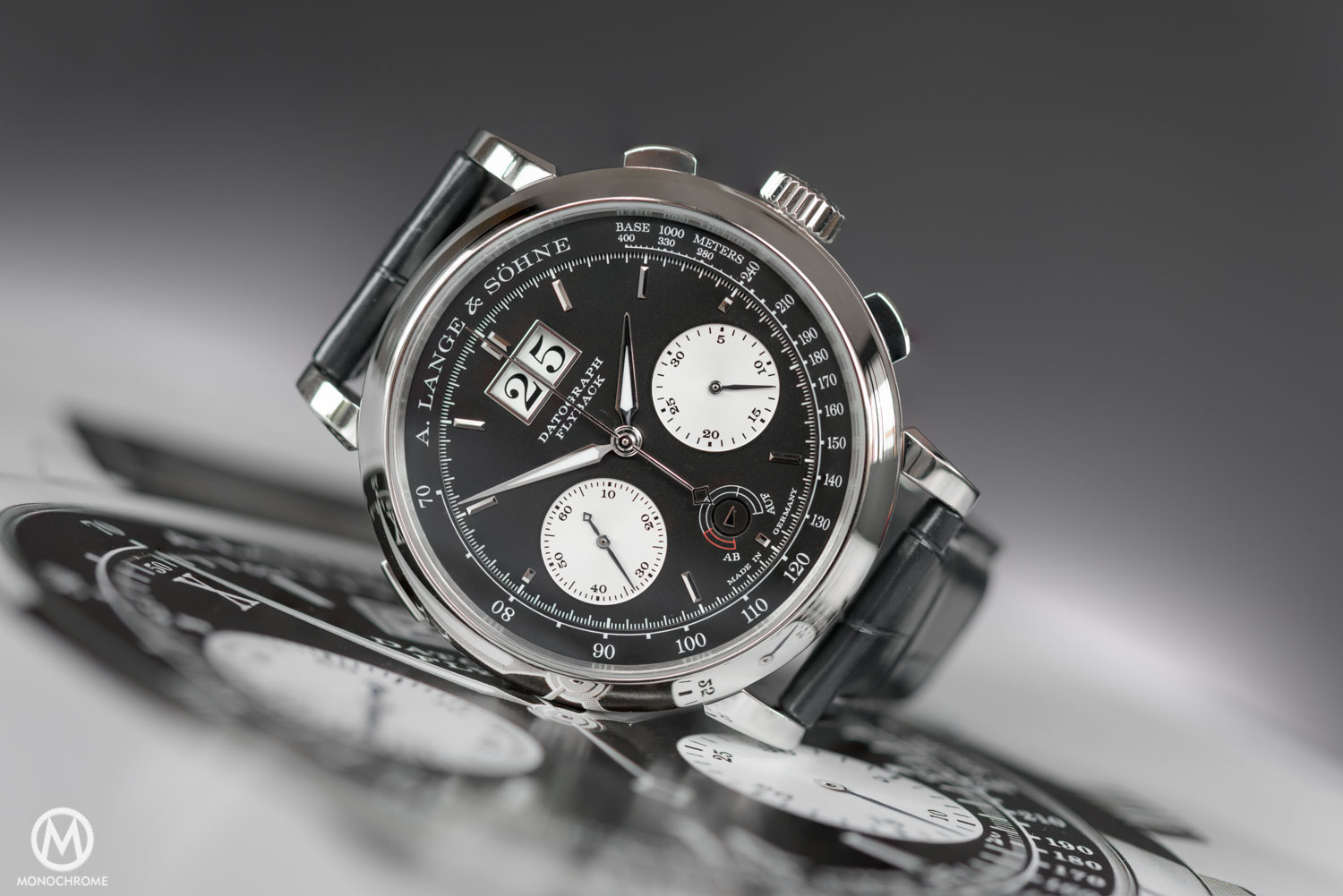
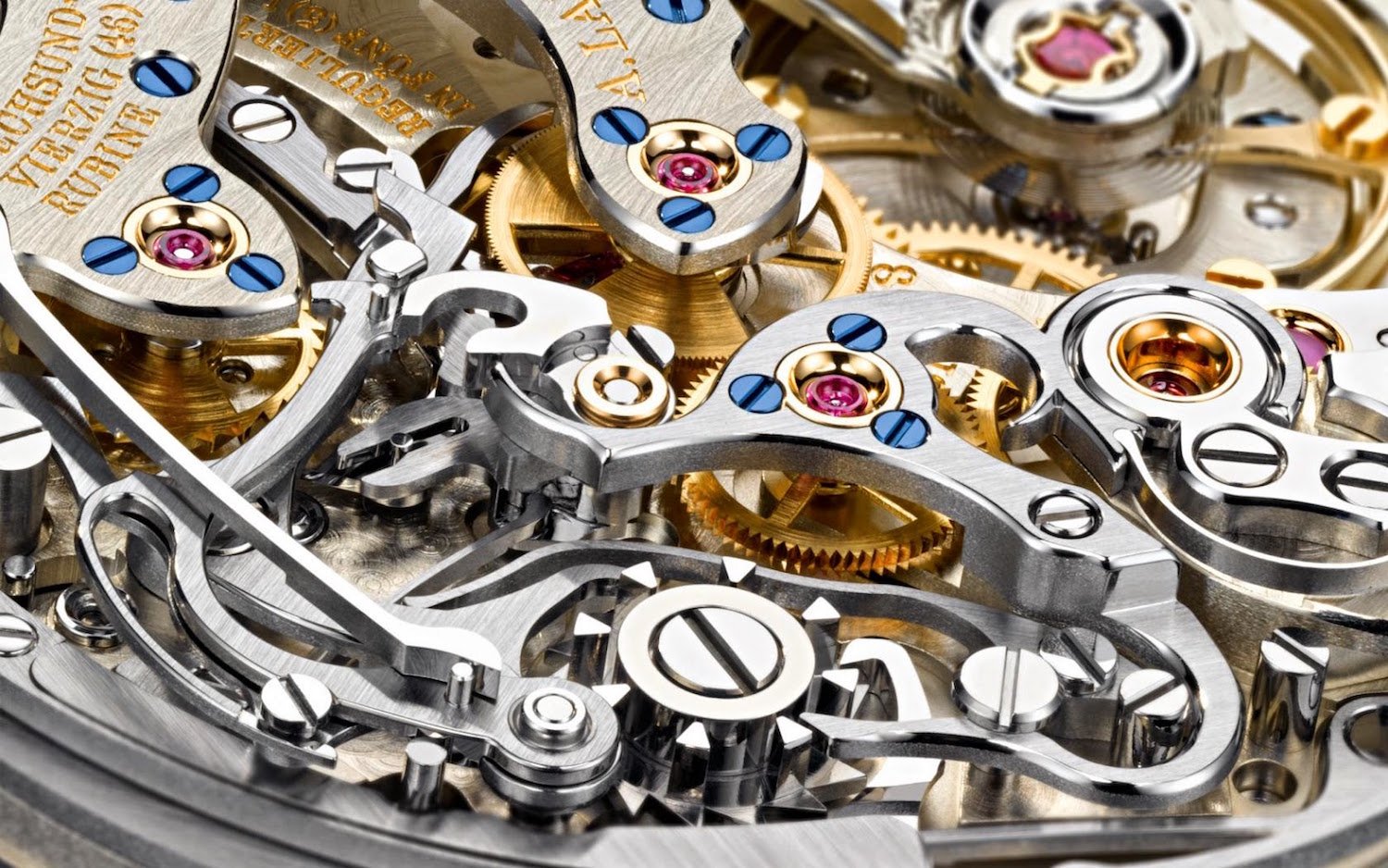
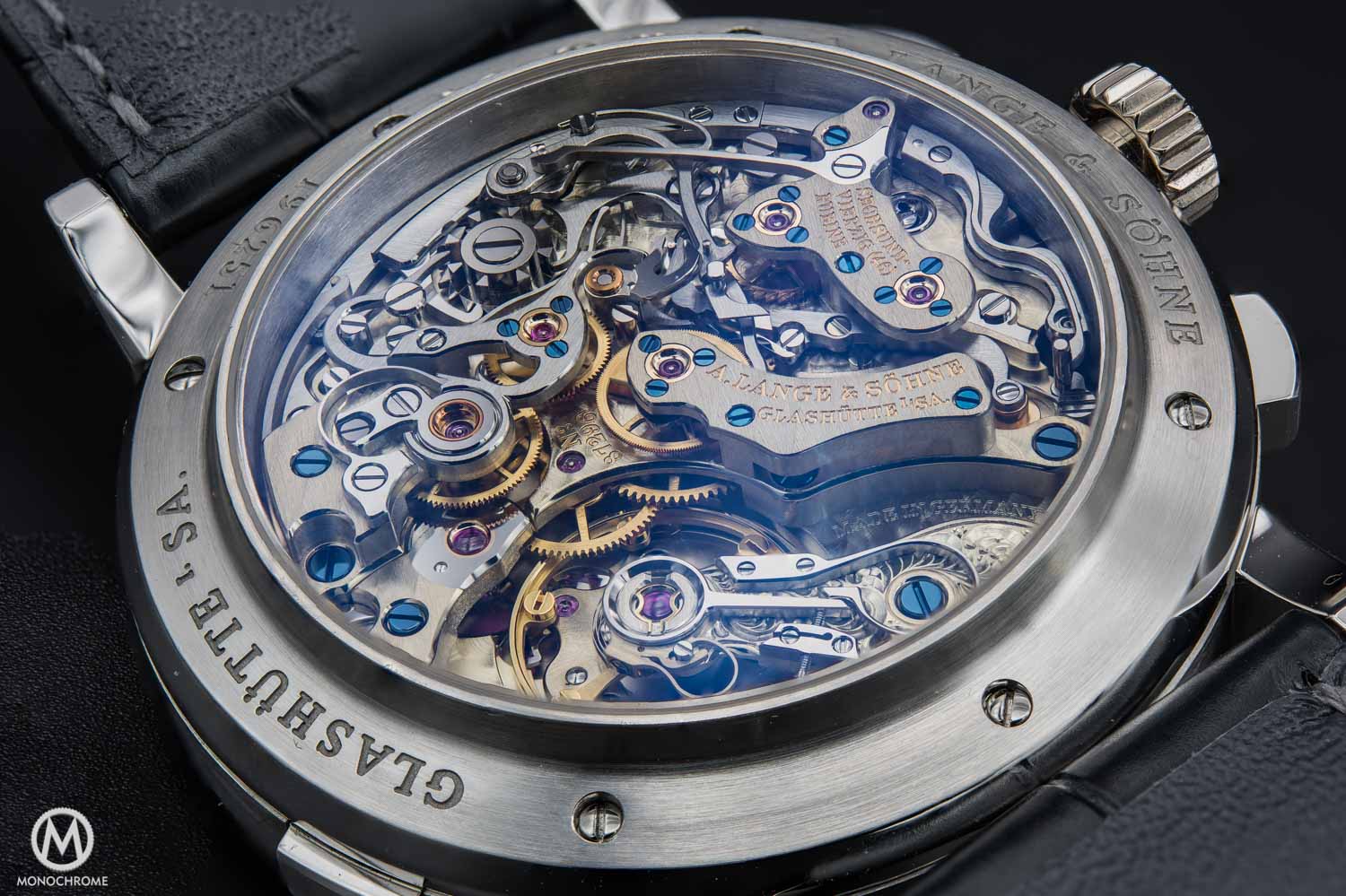
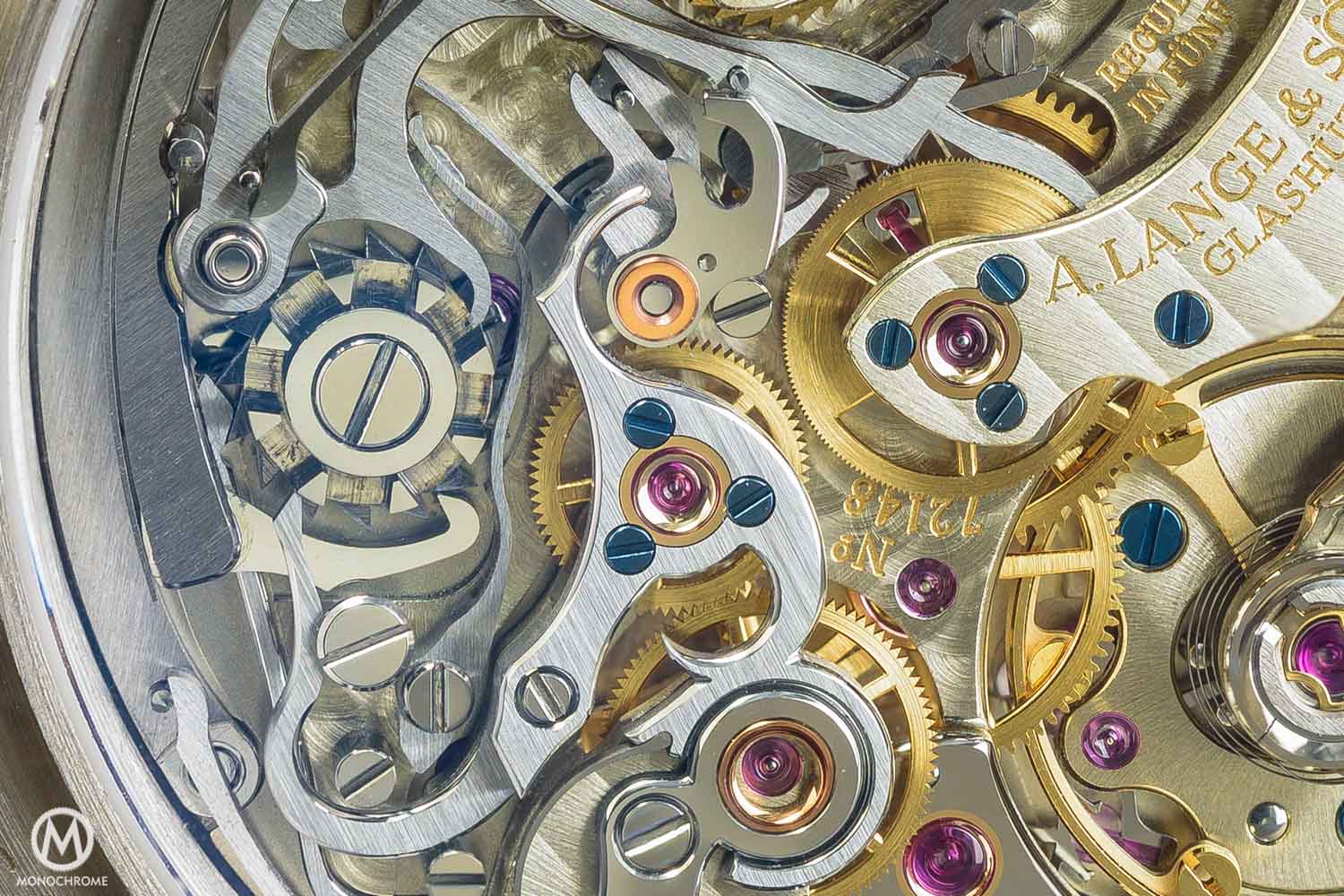
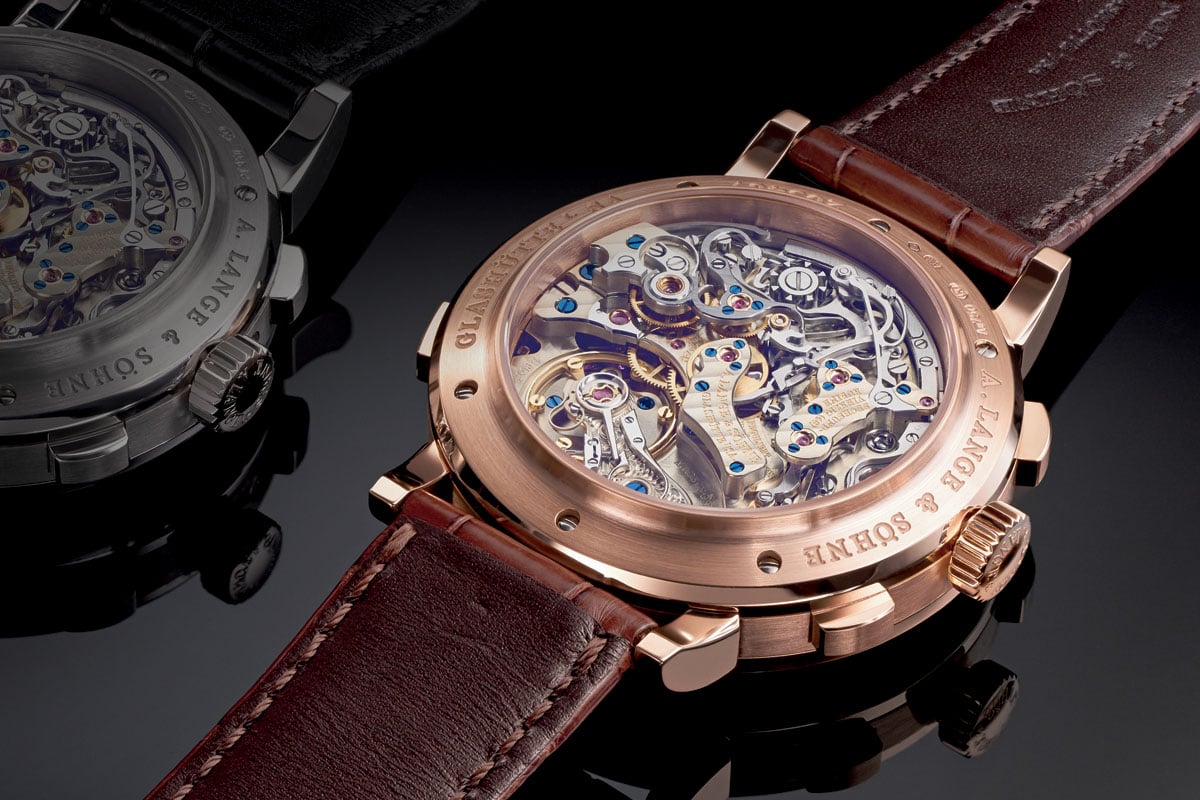
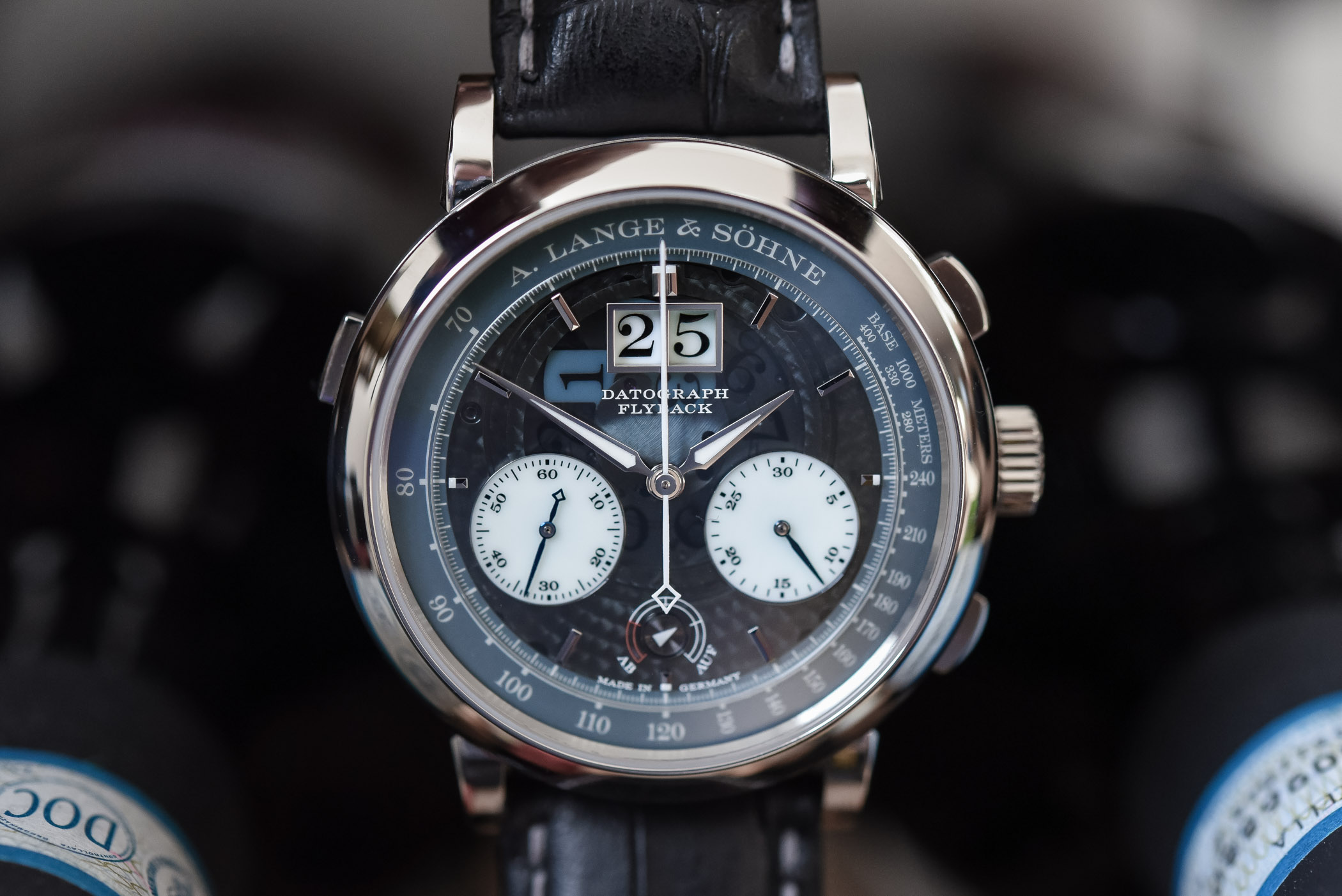
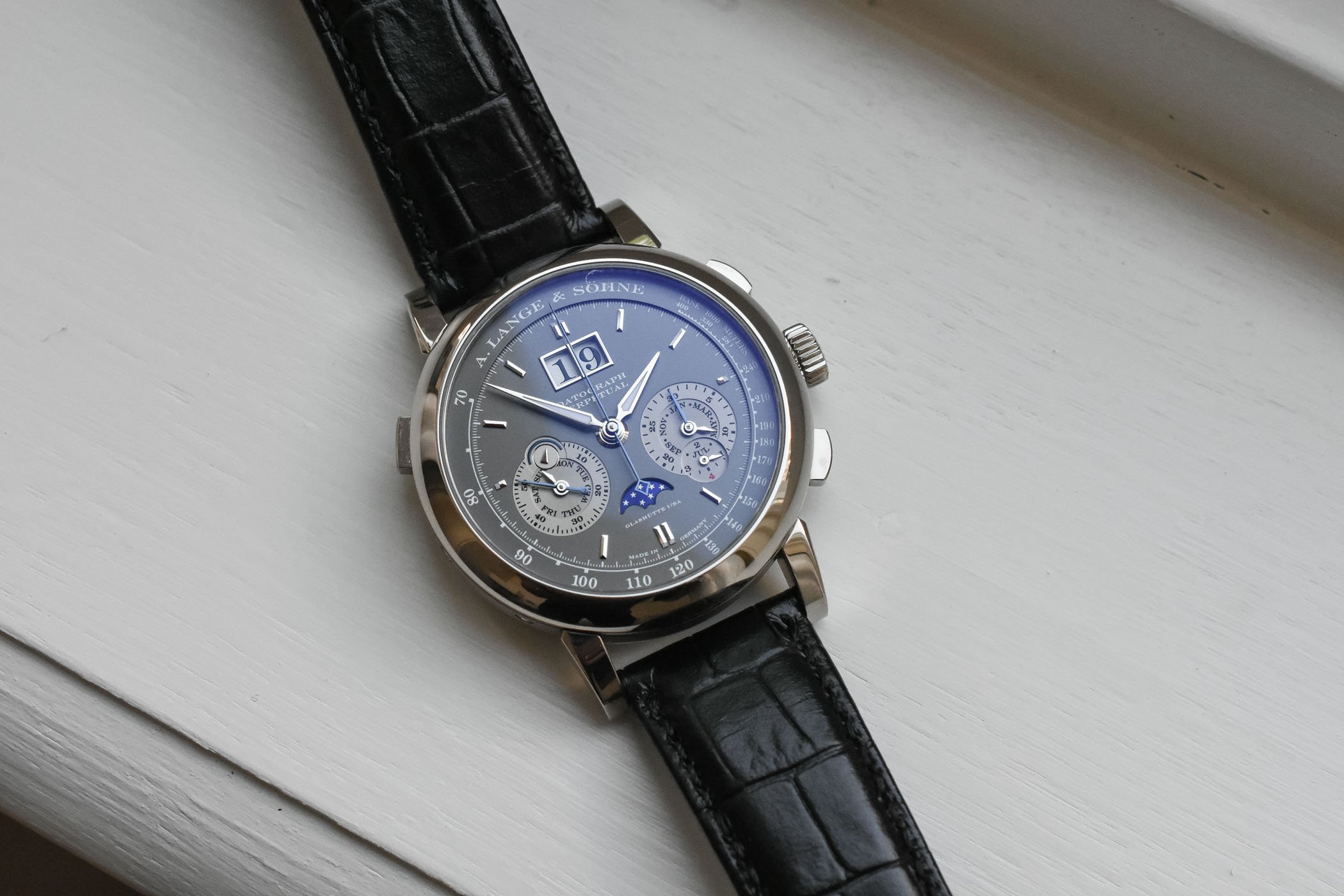

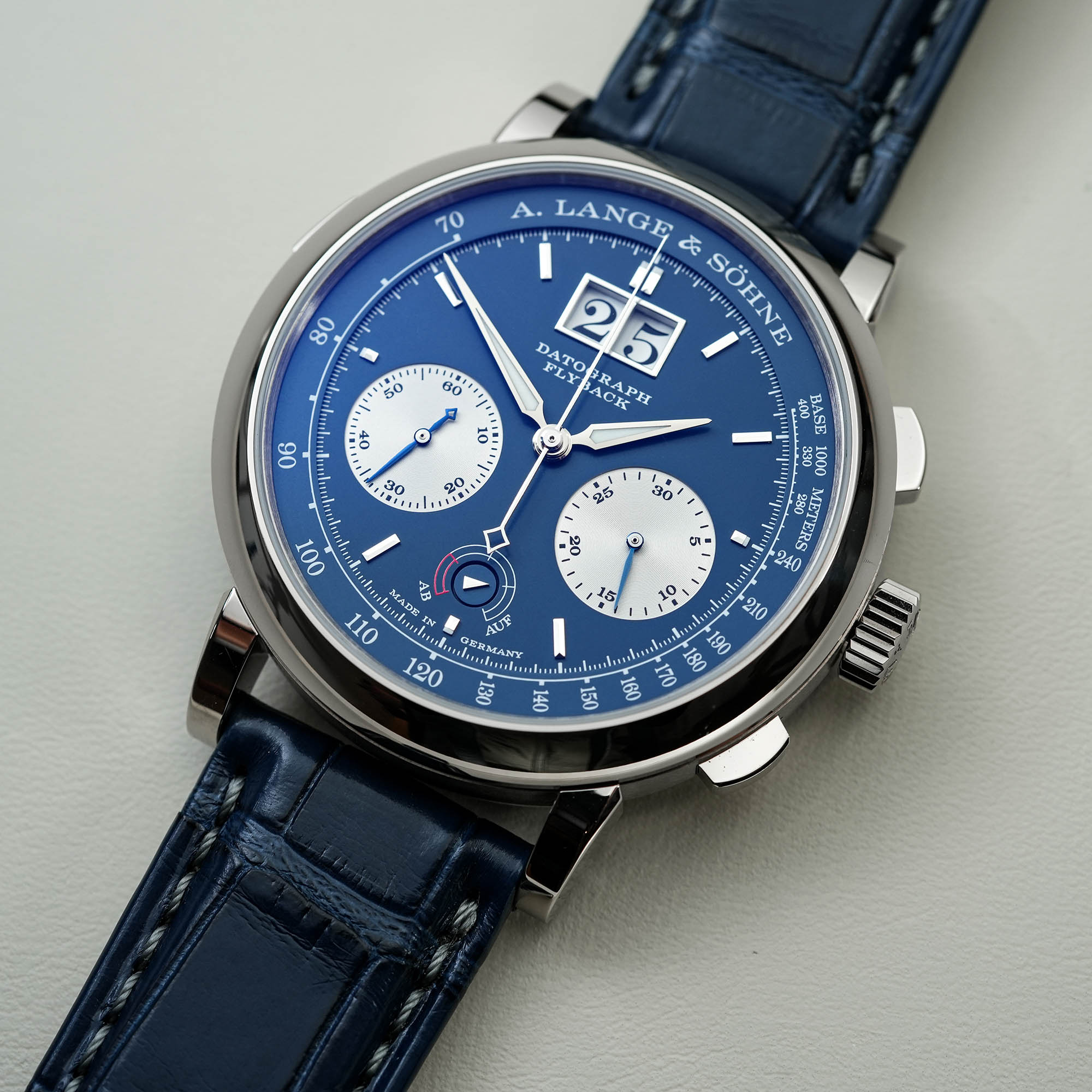
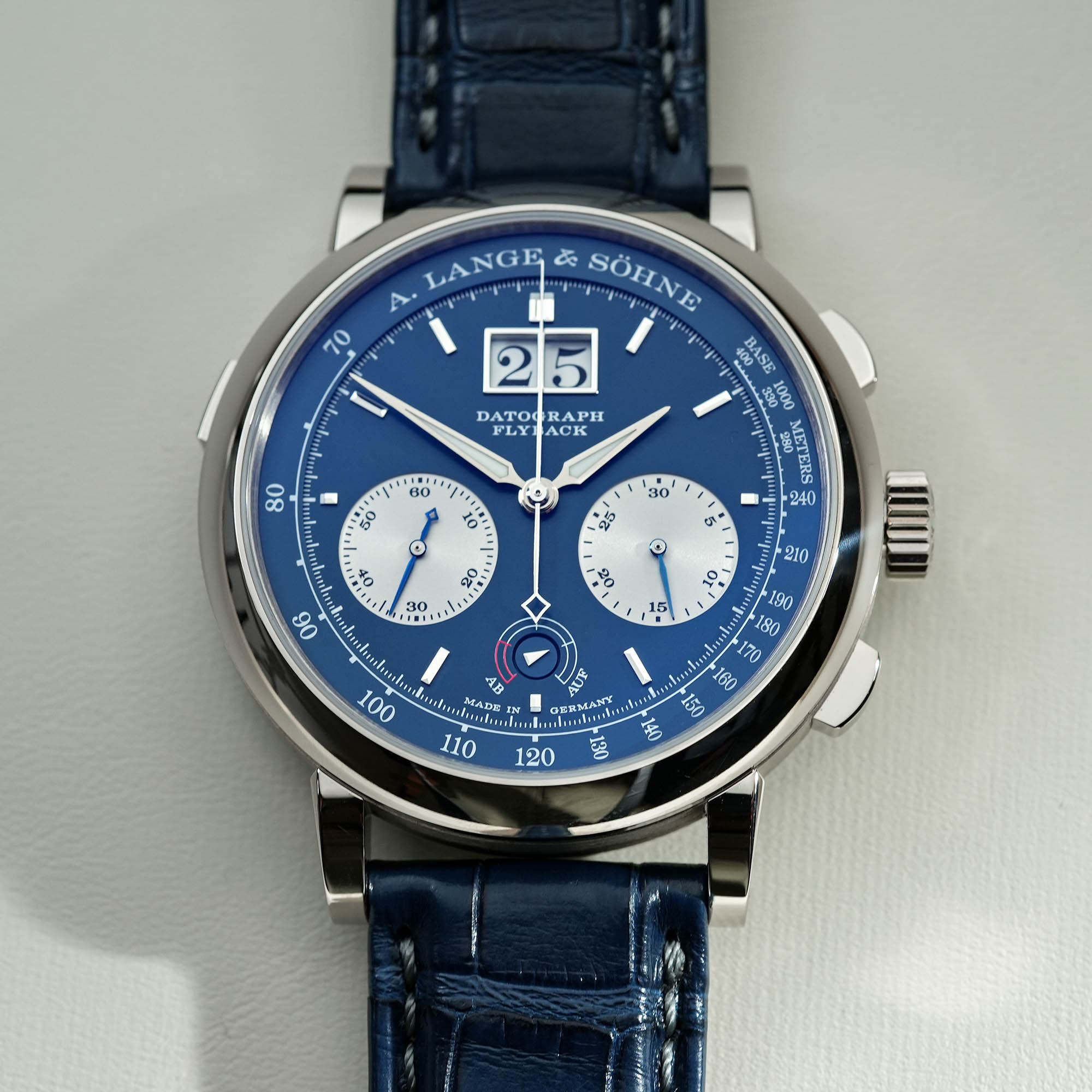






2 responses
Drooling here.
Bezüglich Zitat: Typisch Deutsch!
Wir sind die Besten ! 🤔